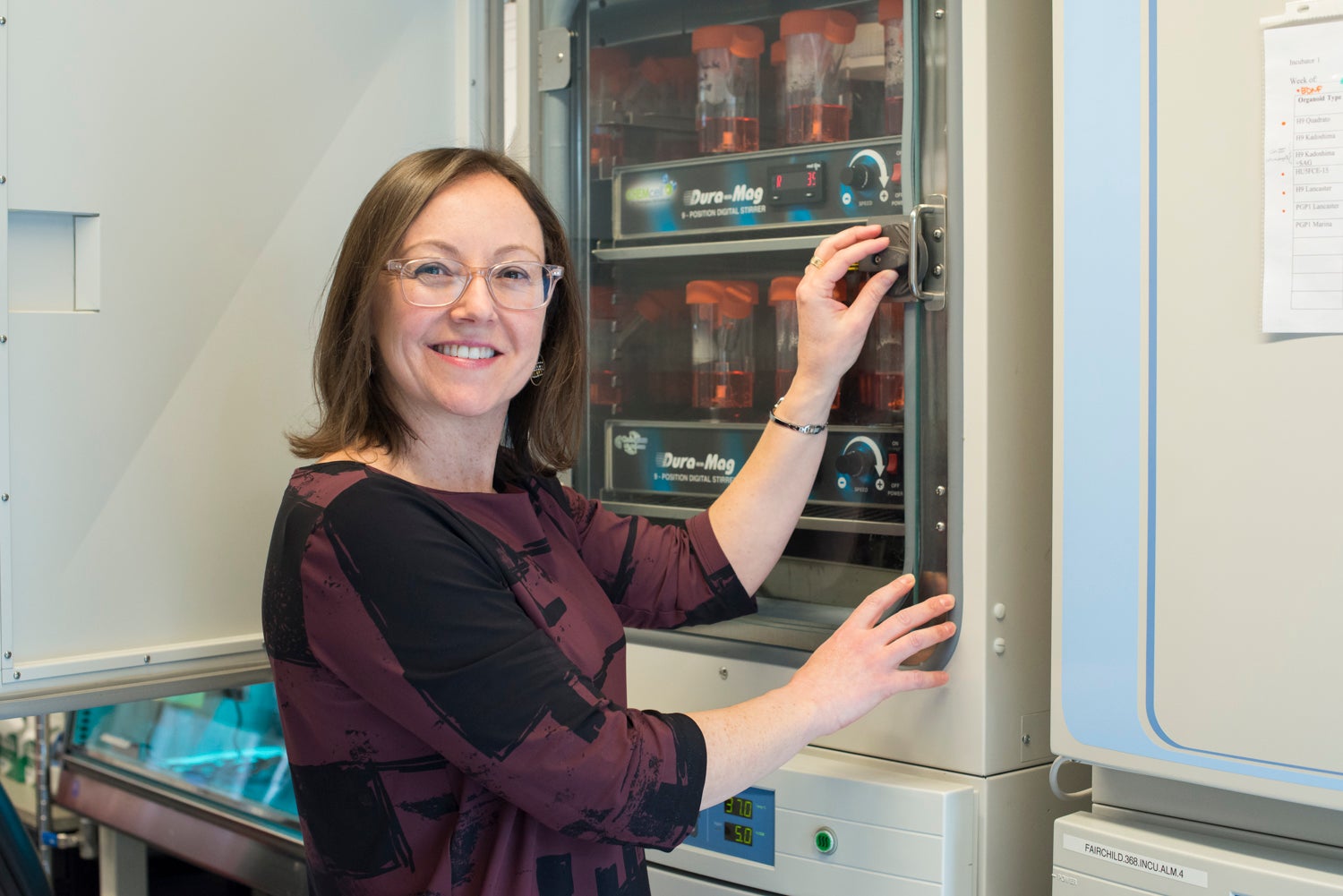Chair, Harvard Department of Stem Cell and Regenerative Biology
Associate Member, Stanley Center for Psychiatric Research, Broad Institute

The “molecular logic” that generates and subsequently maintains the great diversity of cells found in the mammalian brain is poorly understood, yet these processes are critical for complex brain function and, when disrupted, lead to neurodevelopmental disease.
Focusing on the mammalian cerebral cortex, we are interested in understanding, mechanistically, how neuronal diversity is established, integrated, and subsequently maintained for the lifespan of the organism. And, furthermore, whether a coordinated process of cortical development can be engineered from pluripotent stem cells in vitro to enable understanding of human brain development and neuropsychiatric disease.
Building on a variety of methods to purify cortical neuronal classes, advances in low-input molecular analysis, and the capacity to decode biological events from large molecular datasets we take a comprehensive approach to define gene programs of functional relevance and the molecular rules governing the generation and maintenance of neuronal types in the cerebral cortex. We further aim to understand whether and how neuronal subtypes drive interactions with oligodendrocytes to govern myelin distribution and thus the evolution of unique communication strategies by different neurons.
While our work is mostly rooted in development of the murine cerebral cortex, a recent interest of our lab has been building in vitro models that resemble the cellular complexity, tissue architecture and local connectivity of the developing human cerebral cortex, which can become a platform for understanding higher-order circuit function and dysfunction that is affected in neurodevelopmental and neuropsychiatric cortical disease.
To this end, we are generating different types of 3D cerebral organoids, starting from human induced pluripotent stem cells (iPSCs) derived from control individuals, from patients with neuropsychiatric or neurodevelopmental pathology, or engineered to carry specific genetic mutations associated with these diseases.
We are developing next-generation 3D cellular models of the human brain that incorporate the cellular diversity, local connectivity and basic anatomy of the cerebral cortex, while fostering long-term maturation. We aim to compare against endogenous cortical development to generate “ground truth” about these cellular models, and pioneer the application of organoids to investigate the neurobiological underpinnings of disease states and to uncover mechanisms of disease etiology and progression.
